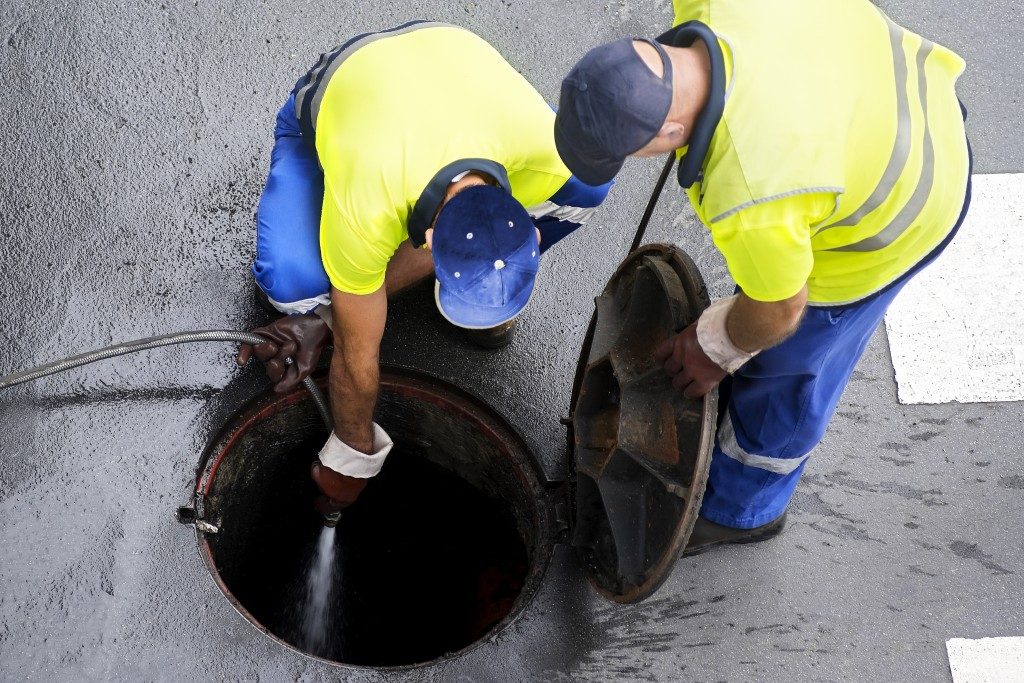It is the duty of every household to manage its sewage waste. Sewage comprises water used to flush toilets, in washing, and from general use. The composition of this mixture will be hazardous if not managed and disposed of well. Waste management has become complex with time due to increased population and urbanization.
Municipality Systems
Municipal sewage systems have treatment plants connected to them. The plants remove at least 95% of bacteria present in the sewage. The sludge is then subjected to an anaerobic process to ensure that disease-causing microbes are eliminated.
Off-site Sewer Systems
These systems came as a result of increased urbanization. A good sewer system will be found in an urban setup. Houses are built on a plot with each connects to a sewer line. The sewer line collects waste from the toilets, kitchens, and laundry areas. All this waste, including that of your neighbours, is collected in a community wastewater treatment plant. Wastewater flows toward the collection point. Excess water is connected to a river or directed to an irrigation area after treatment.
There are two types of sewer systems: dual and single sewer systems. A dual sewer system is a separate system for all household waste. A single sewer system combines water-carrying household waste and stormwater from rooftops.
On-site Systems
Liquid waste from kitchens, toilets, and bathrooms is directed to a septic tank using waste pipes. The effluent from the tank is then directed to a French drain. This method has to be installed properly to allow easy maintenance. The method is challenged in areas with a lot of clay soil because of poor capillarity. In addition, it cannot be installed in areas with a high water table and where flooding is common. In some cases, waste can be pumped out of the septic tanks using submersible sewage pumps. You can buy these pumps from reliable submersible sewage pump suppliers.
Full Sewage Systems
 All the sewage water from household is directed to sewer pipes. The solid waste goes through a series of macerators (cutting blades). This is done to reduce the size of solid waste before it is directed to a lagoon or municipality plant.
All the sewage water from household is directed to sewer pipes. The solid waste goes through a series of macerators (cutting blades). This is done to reduce the size of solid waste before it is directed to a lagoon or municipality plant.
Lagoons
These are large open affluent ponds that collect sewage from homesteads. The composition is broken down by microbes present in the waste. The workings of the lagoon are made successful by wind and sunlight. The two weather elements provide oxygen and warmth respectively. This is essential for the growth of bacteria responsible for the decomposition process. Light and warmth promote the growth of algae, which makes the lagoon appear greenish. Algae play an important role in assisting bacteria in breeding in the sewage. The presence of wind speeds up the rate of evaporation and creates waves that hinder other organisms from breeding.
Pit Latrines
These are the oldest method of waste disposal. Nowadays, a pit latrine is used by marginalized communities where water supply is minimal to allow flushing of toilets. Pit latrines include borehole, ventilated improved pit (VIP), and shallow trench latrines. A shallow trench latrine is built for a large gathering in a specific place for a short time. This type of latrine is filled with soil when nearly full.
Waste should be properly managed and disposed of according to the methods mentioned above. This is very essential to our health. If not properly managed, there can be an outbreak of diseases related to poor hygiene, such as cholera and diarrhoea.
